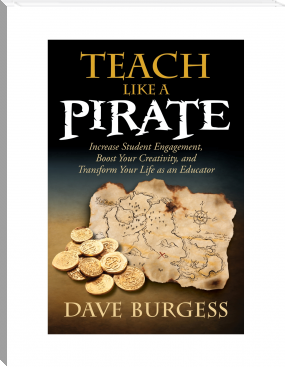Mission to Teach - Dipak Basu (best classic literature txt) 📗

- Author: Dipak Basu
Book online «Mission to Teach - Dipak Basu (best classic literature txt) 📗». Author Dipak Basu
The astonishing thing is that Jhumki did it all.
In eight months.
E-mail from Jhumki Basu to her parents, July 11, 2008
So I wanted to tell you that things are sort of good at work, despite all the stupid cancer stuff:
3 grants supporting 3 doctoral students7 papers published, 4 are independent research, 2 reviews, 2 in the pipeline for this summergot good course evaluations for the semester, despite hospitalization, etc. got a perfect 5 score from the undergrads I teachthings are good at SDL with respect to research, and I'm starting at another school close to our housethinking about the book prospectus and laying foundations for it with the article writing and the new doc students
Good, right?
Good? It was the understatement of the millennium. These were fantastic achievements.
As the year progressed, five of Jhumki’s academic submissions were published and, in addition to KSTF, she received two grants, the Rudin and Petri Fellowships. She decided to utilize all the money to fund four NYU doctoral students under her guidance. One of the four, Frank Signorello, worked at the New York Hall of Science, where he set up experiments for droves of visiting school kids.
“Jhumki was very open to everything I threw at her vis-à-vis ideas about the way that I teach,” said Frank. “She espoused many of those methods: ideas of reform-minded pedagogy, democratic ideals, giving students voice, giving them choice in what they learn and how they learn. They come to the Hall of Science for free. We don’t tell them what to do. They can play. It’s guided play. They can take a workshop.”
Jhumki was receptive to Frank’s ideas. She suggested that her doctoral students incorporate methods that were used in Frank’s informal techniques into a formal classroom environment.
“The one thing I really enjoyed as I was working with Jhumki,” Frank added, “was she wanted us to be equals. But I would look to her for experience. I was always very in awe of all the experience she had at a very young age because I was older than her!”
The world was paying attention to Jhumki’s crusade. Through academic neglect, territorial politics, and parental apathy, kids in urban American schools were increasingly being left behind. Parents, schools, school boards, and governments were discouraging science either overtly or implicitly. Most science teachers in under-resourced New York schools were untrained in science. Young science teachers with dynamic ideas were the first to be laid off because of state budget crunches. America was losing the scientific innovations that had made it great. Students from affluent families—those able to afford private education—and foreign students were filling the demand for scientists in corporations and universities while inner-city youth languished in an unending cycle of poverty.
A dying educator was saying:
Rise up, America!
The flower of your youth is fading. See your lost children. They are your future. Love them. Respect them. They have the solution. They are the solution. Here is the way.
Give them a good education. Give them all a good education. Bring out their best. It is their birthright.
They are my legacy.
Imprint
Publication Date: 06-05-2013
All Rights Reserved





Comments (0)